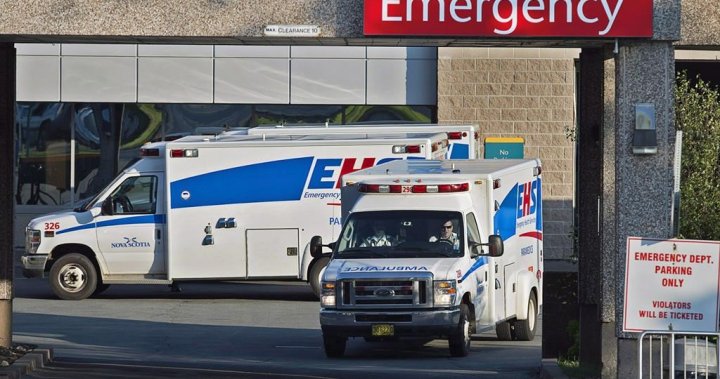
Climate change: Canada needs to do more to disaster-proof its hospitals, experts say
Global News
With the number of climate-related emergencies expected to worsen, some parts of the country will need to move quickly to disaster-proof life-saving infrastructure, experts say.
A wall of flames met David Matear when he finally stepped outside of the downtown Fort McMurray hospital, after the final patient was hurried out of the building and into a waiting bus.
“You couldn’t see the trees. You just saw fire,” said Matear, the senior operating director for the health system in northern Alberta at that time.
“The fire was right on the doorstep … literally, probably about, I don’t know, 200 metres away.”
The sky glowed red over the northern Alberta town, which felt eerily abandoned as tens of thousands of people fled the encroaching wildfire.
That was eight years ago, during the largest medical evacuation in Canadian history.
Everyone got out safely and, remarkably, the Northern Lights Regional Health Centre was still standing when the flames died down. But the smoke did considerable damage.
The 90,000 people who fled the region had to wait until the hospital and other essential services were back up and running before they could return home.
The ventilation system was scrubbed clean and every one of the 8,200 ceiling tiles in the facility had to be replaced.











